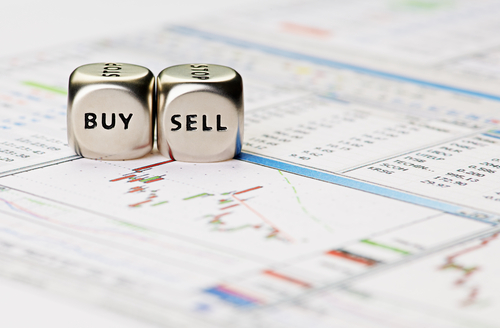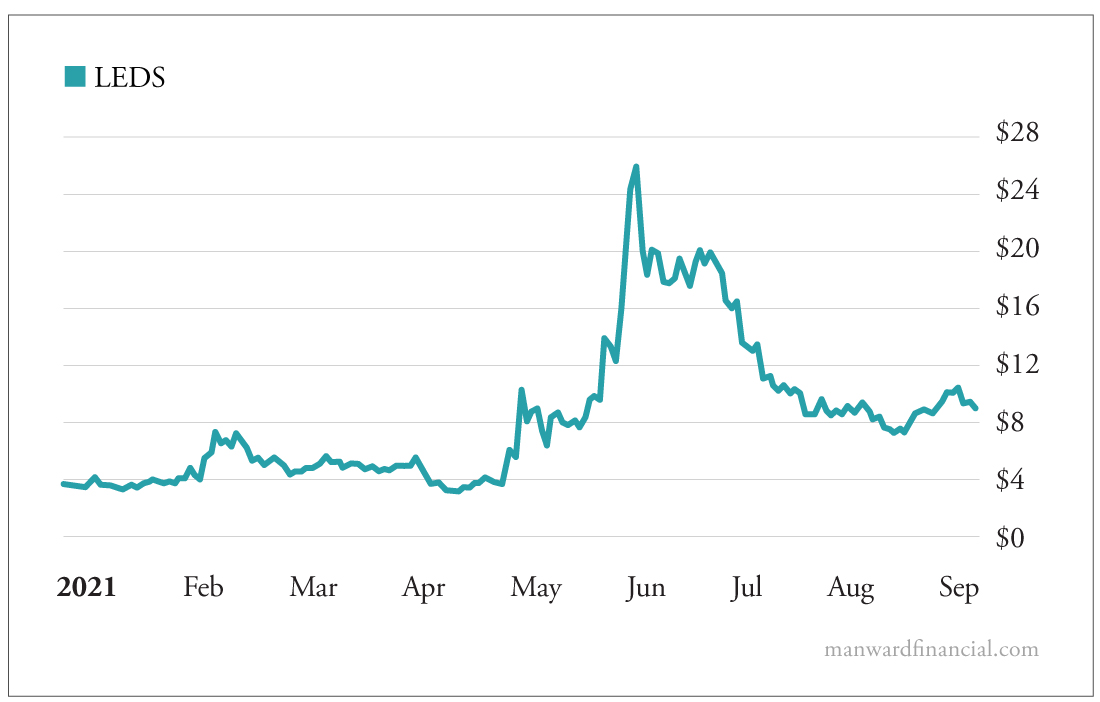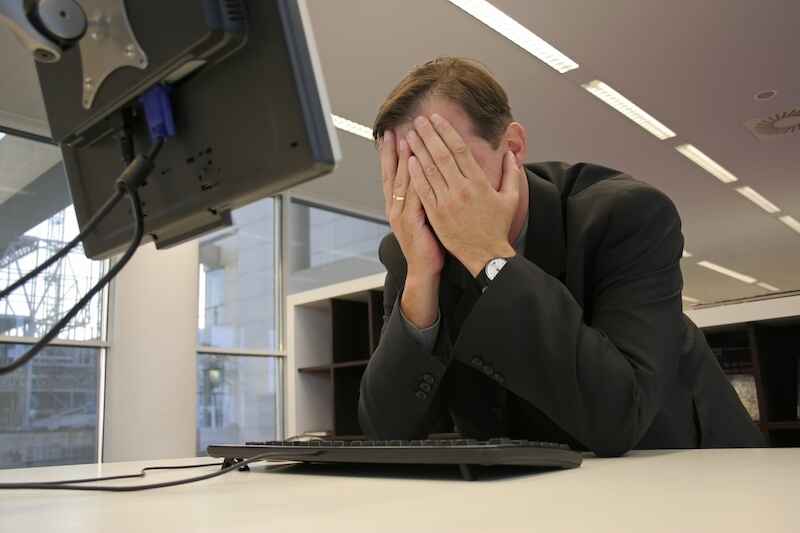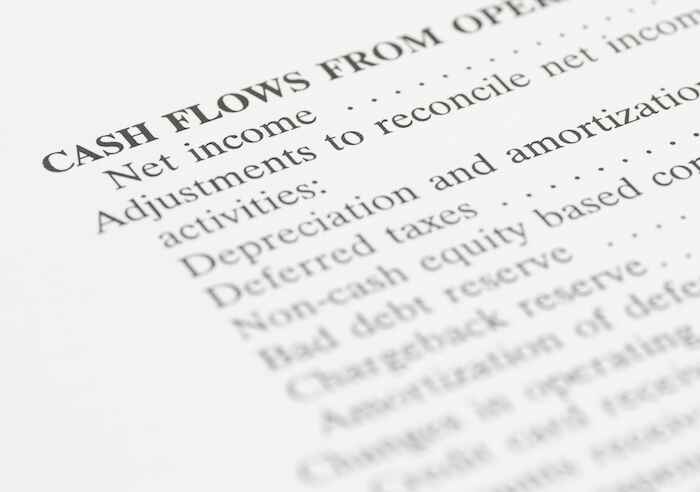How to Know When to Buy, Hold or Sell
Alpesh Patel|September 10, 2021

Imagine you own a stock that for years has had a rising share price. In the span of 2 1/2 years, you get a 200% return. Then you see the price double in a year… but afterward, in just three months, the stock drops 50%.
Months of gains are erased in just a few weeks.
What’s your next move?
This isn’t a hypothetical. I’m talking about SemiLEDS (LEDS)…

There are many charts like this one these days. Cassava Sciences (SAVA), Heinz (KHC) and Micron Technology (MU) have all seen dips like this. As has Moderna (MRNA), in December of last year and again in February of this year.
These falls are often the result of earnings announcements (and not a black swan event like a global pandemic).
And in an overvalued market like we’re seeing, it’s likely big drops will happen more often.
Just look at these numbers…
- U.S. stocks are at 10 times their price-to-sales ratios.
- Second quarter earnings beats are at their highest rate in five years.
- The Wilshire 5000 Total Market Full Cap is at all-time highs relative to gross domestic product (this is the famous “Buffett Indicator,” comparing stock market cap to GDP).
So let’s say a stock you’ve been holding for the long term drops after its earnings announcement.
You have three choices…
What to Do
You can buy more stock, do nothing or sell.
The argument for buying more is that the stock is now cheaper. The unusually large drop may have been a market overreaction, meaning there’s now a buying opportunity.
But buying more isn’t a good idea after such a traumatic event for the stock price.
If you bought the stock based on certain criteria, such as expectations about growth, earnings and profits, the earnings report is telling you that those metrics have changed.
Plus, any buy decision should also be based on a comparison with other stocks. A company that responds poorly to an earnings announcement is rarely going to be one of the best buying opportunities around.
Buy and Hope
Your second option is to do nothing. This may be attractive if you had bought the stock to buy and hold until retirement.
However, my rule is to review a stock after 12 months or after a fall of 25% from its high since it was purchased. I can then consider fresh, relevant information.
My 12-month rule gives me a good balance. I avoid trading every piece of news (and the dangers that doing so brings). I’m able to invest without ignoring relevant information. I don’t get blindly locked into multiyear investments.
The danger of doing nothing is that we are choosing to ignore a very important piece of market information. “Buy and hold” is one thing. “Buy and hope” is quite another.
More Than a Loss
Option three is to sell some or all of your holdings. This is a difficult choice for most investors. As Pat Arbor, the former chairman of the Chicago Board of Trade, explains in my book, The Mind of a Trader, “A loss is not just a loss of money but a blow to the ego.”
A loss is also difficult to face because many investors feel that they need to win on every investment.
But the important thing is not the number of winners you have. It’s how much money you make. The two are not always linked. I know many traders who win nine trades in a row, only to lose all those gains on their 10th trade.
So how do you know whether a stock has fallen to the point where it should be sold?
A Rule for Risk
There are many reasons to sell a stock… but there is one overriding rule that should be used in order to limit downside risk.
The rule is to risk only about 2% of your total trading capital on any single trade.
That’s why I keep around 15 stocks in my portfolio… and if any drop 25% from their highs since I bought them, I reevaluate and sell if I need to.
For example, say you have $200,000 to trade with. If you divide that into 20 portions of $10,000 in order to reduce risk through diversification, then you should not suffer a loss greater than $2,500 on any single $10,000 investment. ($2,500 is 1.25% of your total capital of $200,000.)
With your downside protected, you could go through prolonged losing streaks without fear that you will exhaust your capital.
Be Smarter Than the Rest
Prices jump or fall because what occurred was unexpected. The unexpected, by definition, is very difficult to, well, expect.
That’s why you need to have your strategy in place BEFORE a fall happens. Have a plan of action and don’t get caught in the emotion of the moment.
As the markets go ever higher, investors should expect more and more volatile moves. That’s when a strategy is needed more than ever.
Remember, in a rising market, everyone is a genius. But it’s not about how much you make, it’s about how much you get to keep.

Alpesh Patel
Alpesh Patel is an award-winning hedge fund and private equity fund manager, international best-selling author, entrepreneur and Dealmaker. He is the Founder and CEO of Praefinium Partners and is a Financial Times Top FTSE 100 forecaster. As a senior-most Dealmaker in the U.K.’s Department for International Trade, he is part of a team that has helped deliver $1 billion of investment to the U.K. since 2005 . He’s also a former Council Member of the 100-year-old Chatham House, the foreign affairs think-tank, whose patron is Queen Elizabeth. For his services to the U.K. economy, Alpesh received the Order of the British Empire (OBE) from the Queen in 2020. As a recognized authority on fintech, online trading and venture capital, his past and current client list includes American Express, Merrill Lynch HSBC, Charles Schwab, Goldman Sachs, Barclays, TD Bank, NYSE Life… and more.





